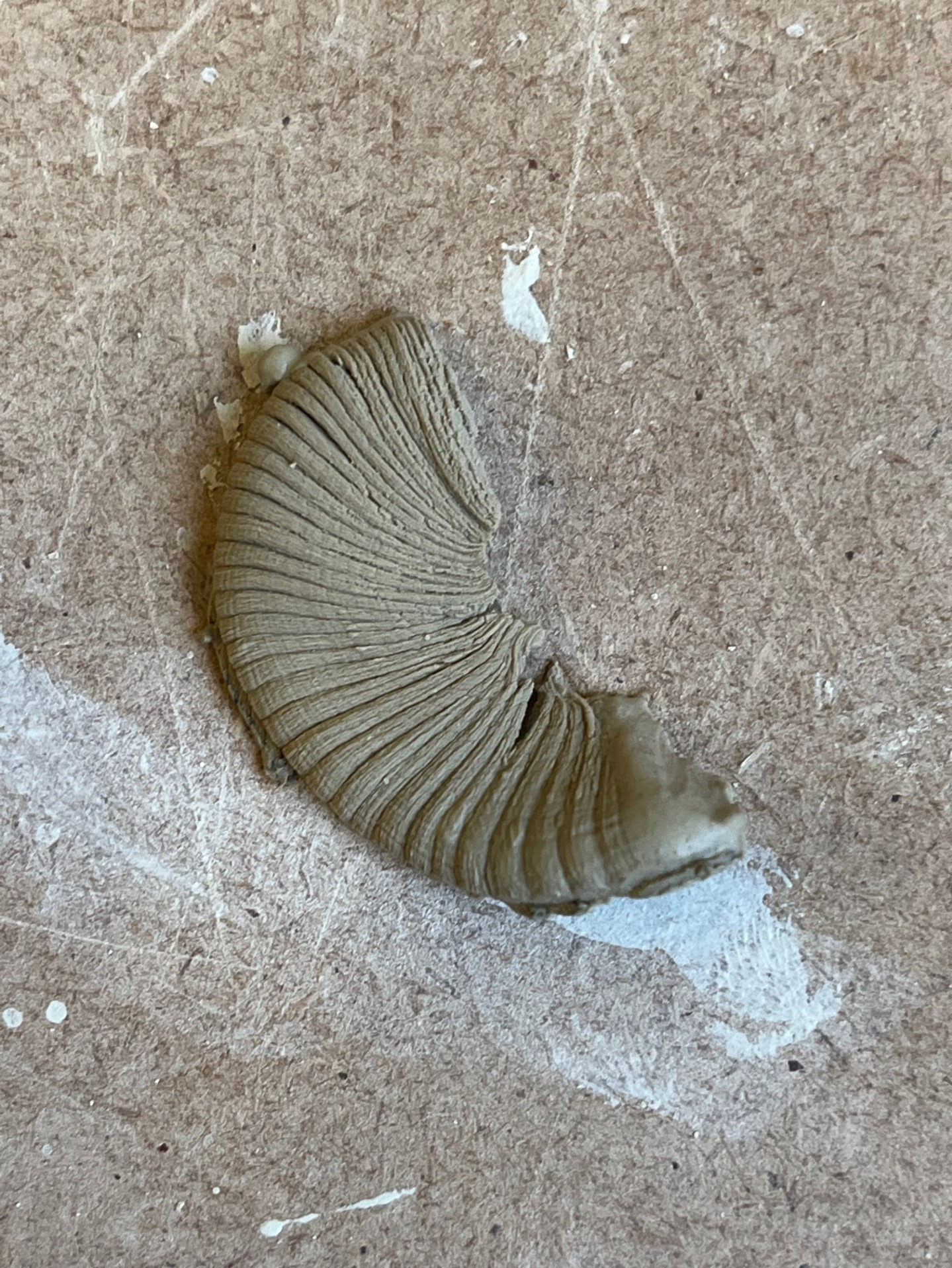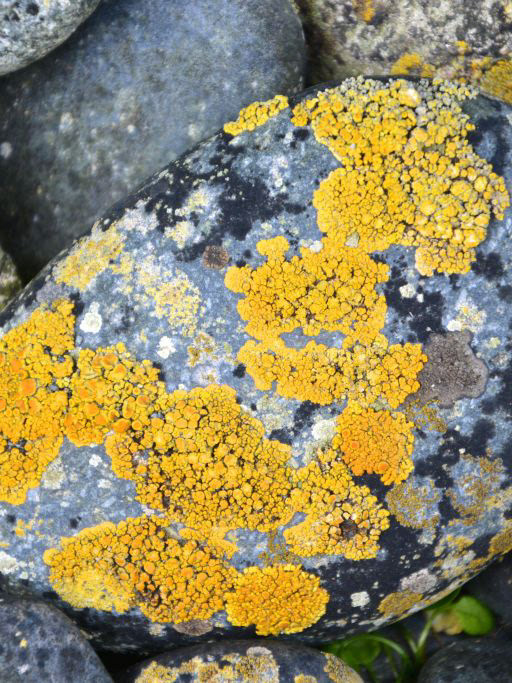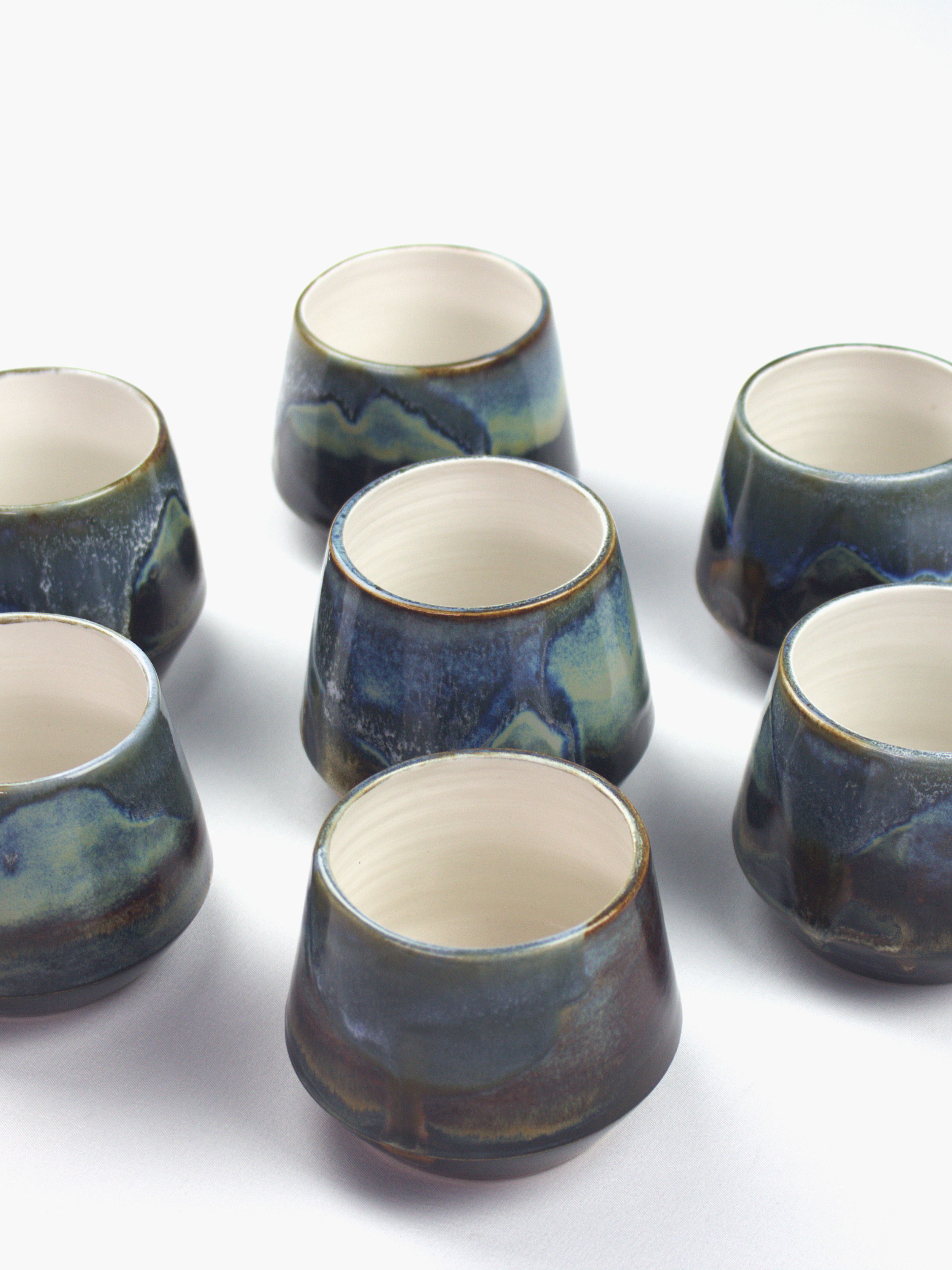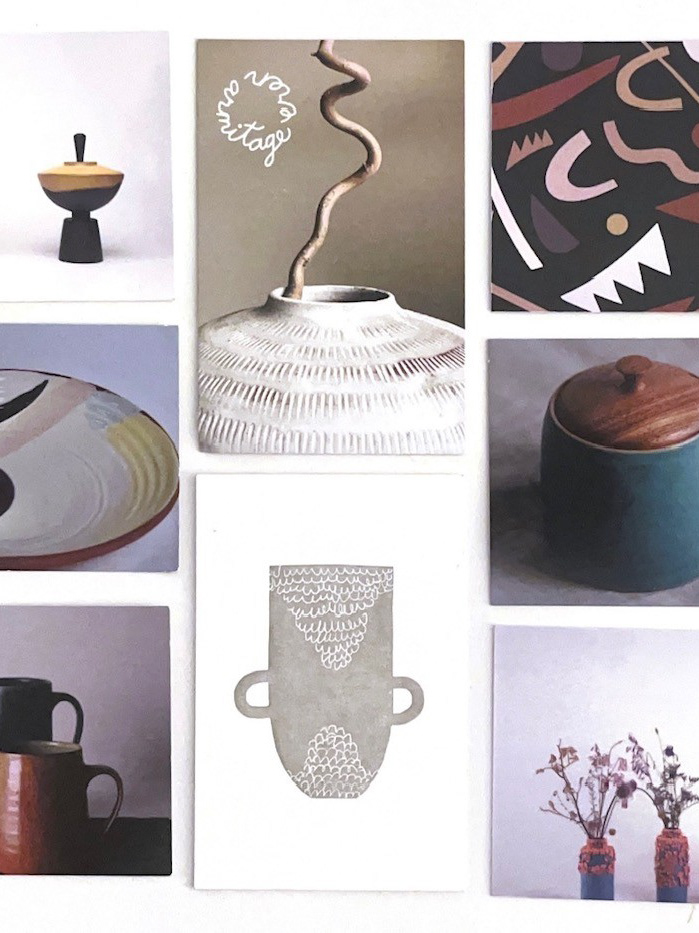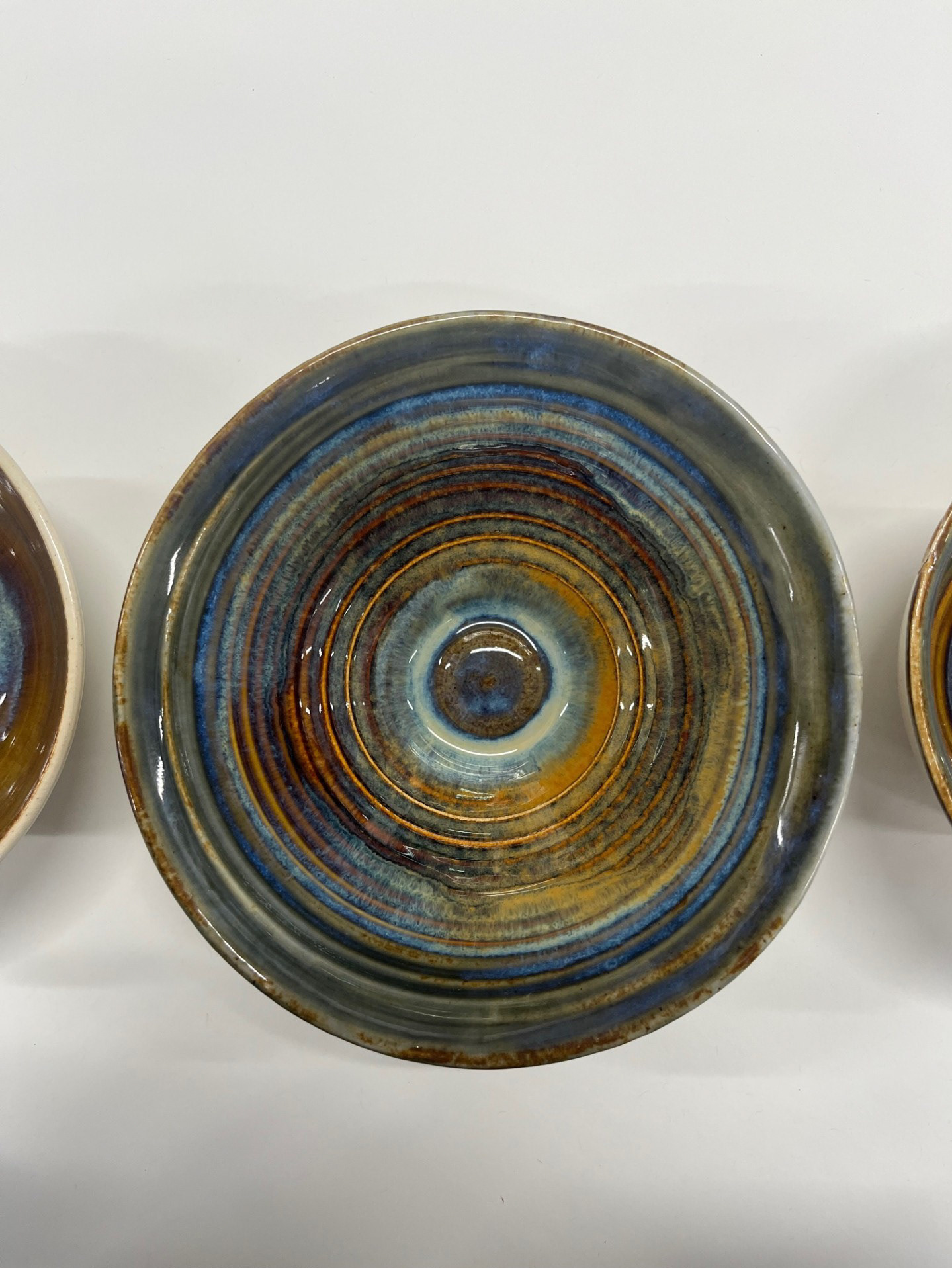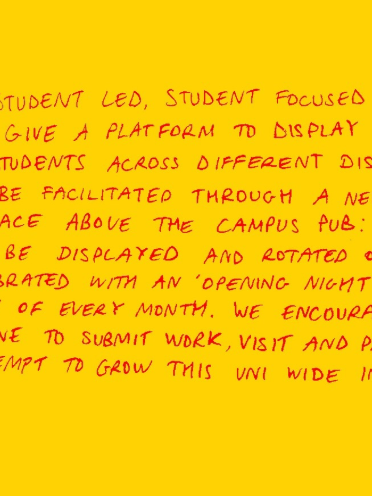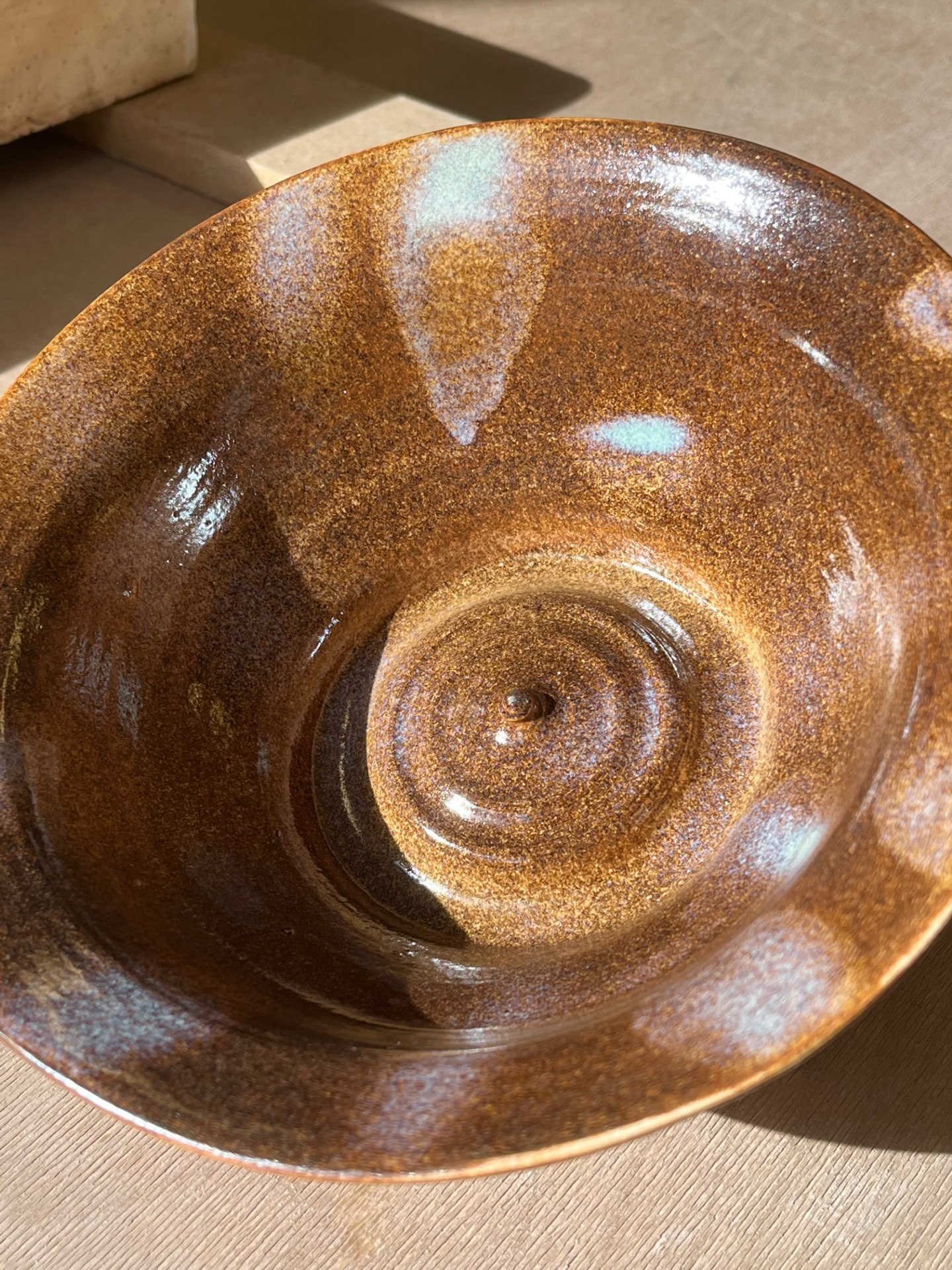During January, before we started back, was on a holiday I found a book that made me very curious. This book was called 'beauty of everyday things' by Soetsu Yinagi - this book intrigued me as I have always personally loved seeing the beauty in everyday things; hence why I love getting second hand objects. I like to make the small things in life feel meaningful. When I read this book, within the first few pages opened my eyes. I felt like it pretty much summed up everything that I feel about design, ceramics and life! See below for my notes from the book as well as key takeaways.
What is Mingei?
Mingei is a Japanese folk art that revolutionised the world of contemporary design, allowing creatives to adopt a creative design ethos. this term was coined by Soetsu Yinagi who was a philosopher and popular folk artist (1899-1961). He was greatly inspired by his own cultural heritage, beginning as a collector of craft items made by nameless artisans. they included crafts like pottery, woodwork and textiles among many more. Formed from minshu (民衆common people) and kogei (工芸craft), Yanagi translated its meaning in English into “folk crafts”. The key notion that I am taking from his teachings is the idea that beauty could be found in common and utilitarian everyday objects; and not just in things like art galleries. Mingei/ folk craft objects should be characterised by things such as: Healthy attitude to production process and feature regional crafts that are representative of the area that they were created.
Key elemnts of Mingei:
1. Handmade – unique imprint of its maker
2. Functionality – beauty lies in practical purpose
3. Humility and Simplicity – Allow material and function to shine
4. Anonymity of the maker – Importance is in collective culture it represents, not the name
Japan Folk Crafts Museum, Tokyo:
The items displayed are divided into nine rooms: basketry, ceramics (with a special focus on Korean production), glass, lacquer, metal, painting, sculpture, stone, textiles, woodwork, and varia. See below for items that took my interest from the online gallery:
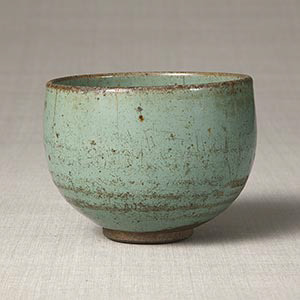
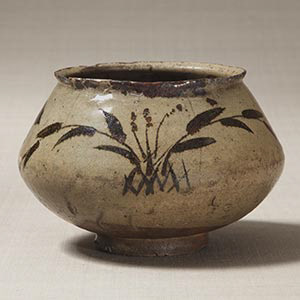
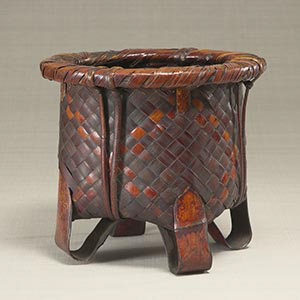
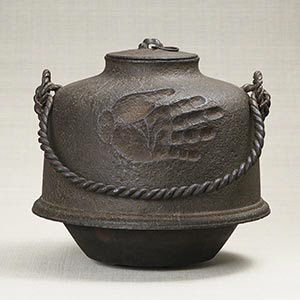
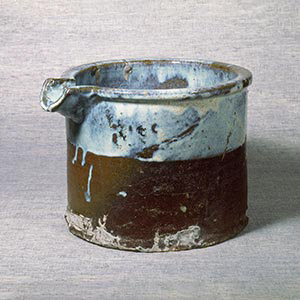

Japanese Ceramics: Rustic tea bowls of the early Edo period
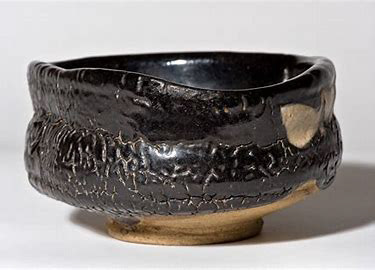
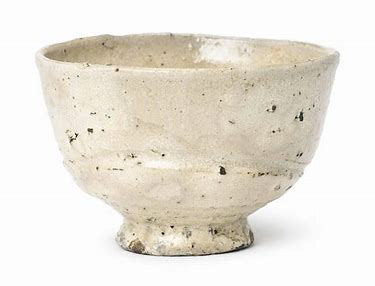
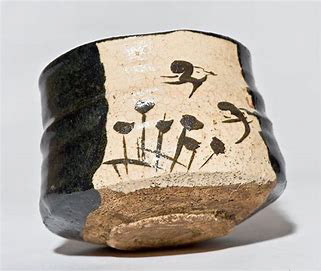
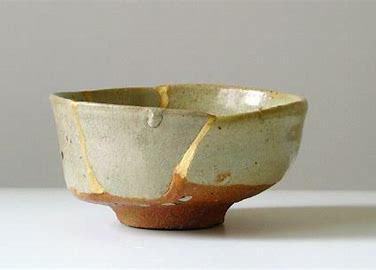
I was pointed in the direction of these bowl when researching into Mingei. As it used to be a crafts of the people, these tea bowls were made in a rustic way by the people, for the people. their one nd only function was to be used by their communities and those who made them. This philosophy is one of the most coveted now when it comes to collectors because with the ever growing development of the world, this period was like a glimpse in time.
Japanese Ceramics: Agano Ware
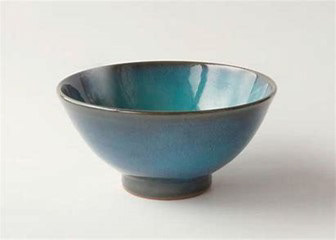
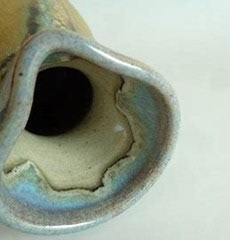
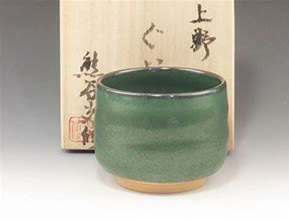
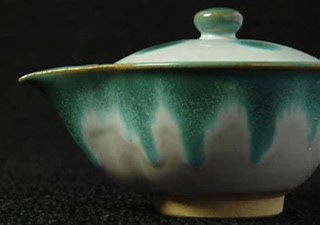
Drawing inspiration on finishing and styles of glazing - simple elegance - similar colour scheme.
The most representative enamel for Agano ware is a green rust using oxidized copper, which gives a gorgeous blue color. Iron enamel Agano ceramics feature an unglazed reddish-brown surface and spotted enamel. Blue-green, iron, white-brown, and transparent enamels are used, allowing a diversity of colors, luster, patterns, and textures.
Matches my personal colour scheme
Japanese Tea Bowls: Historical background.
Japanese tea bowls are part of a tea ceremony of preparing a drink for a guest that is lifted to an art form. each step is completed in a strict order and executed with care and precision. This tea ceremony and be partly due to their sense of Omotenashi which is Japanese tradition or way of life which translates to 'look after guests wholeheartedly'. Tea ceremonies originated in China but was quickly adopted in Japan. In Japan, the tea ceremony is called Sado. Although it had a sudden increase when it was introduced to Japan in the 16th century, it was widely used across many societal classes.
See below for different types of tea bowls:
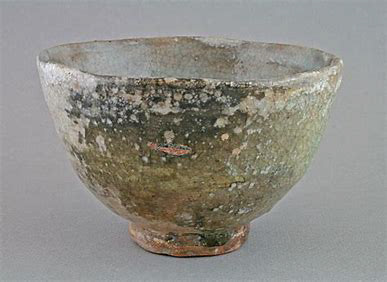
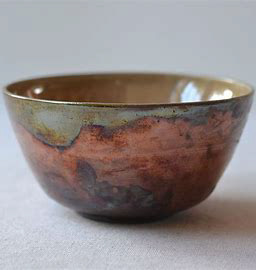



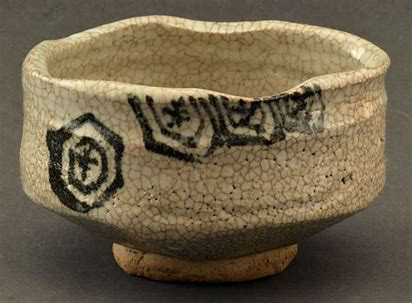
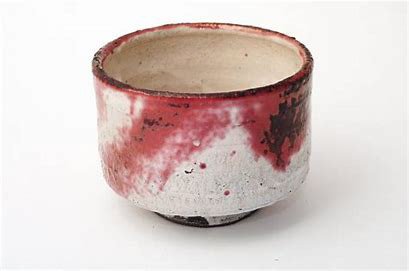
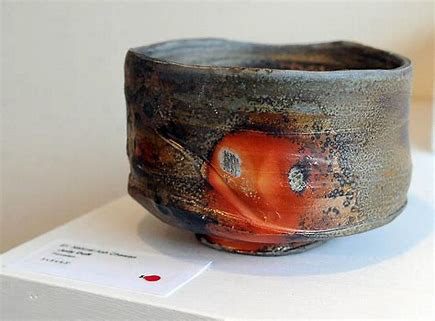
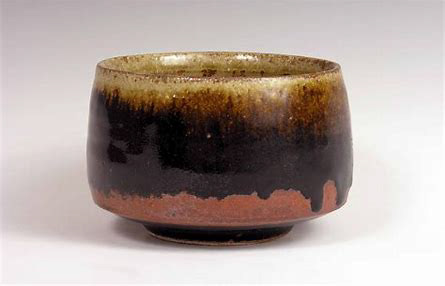
Omakase, 'Guide on How to Perform a Simple Japanese Tea Ceremony'
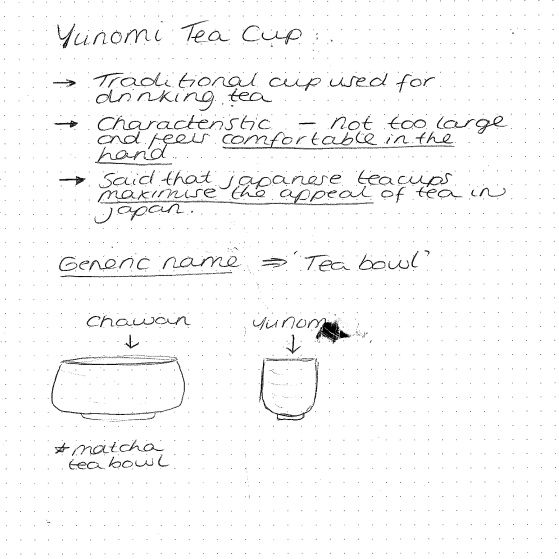
What does the shape and style of a Japanese tea bowl indicate about where it was made?
Discovering the Art of Japanese Tea Bowls'' *
'Nue' tea bowl, Aka Raku ware (17th century) | MITSUI MEMORIAL MUSEUM
Raku tea bowls: Raku ware is a type of Japanese pottery known for its rustic charm and unpredictable glaze patterns. Raku tea bowls are hand-formed and fired at a low temperature to create a distinctive crackled glaze. They are often used in informal tea ceremonies and are prized for their warmth and earthy appeal.
Hagi tea bowls: Hagi ware is a style of Japanese pottery that originated in the town of Hagi. Hagi tea bowls are known for their simple and understated beauty, with a rough and unglazed exterior that develops a unique patina over time. They are favoured by tea ceremony practitioners for their tranquil and calming presence.
Hagi Yaki Chawan Tea Bowl
A Karatsu Tea Bowl by Shibayama Toshiya
Karatsu tea bowls: Karatsu ware is a type of Japanese pottery that originated in the town of Karatsu. Karatsu tea bowls are characterized by their sandy texture and naturalistic designs. They often feature earthy tones and organic patterns inspired by the surrounding landscape. These bowls are highly valued for their rustic elegance.
Mino tea bowls: Mino ware is a style of Japanese pottery known for its thick white glaze and distinctive orange peel texture. Mino tea bowls are beloved for their warm and inviting aesthetic, as well as their ability to enhance the flavors and aromas of the tea. They are often used in formal tea ceremonies.
Mino Ware Japanese Handcrafted Matcha Tea Bowl Beige, Matcha Tea Cup Ceremony, Authentic Pottery, Yuki Shino Chawan
The main aim of a Japanese tea ceremony is based off the Zen ideology. This means that the ceremony is deeply rooted in spiritual realm, with the process itself aiming to bring harmony and inner peace to guests.
Maslow's Hierarchy of Needs:
The lower levels of the pyramid must be fulfilled before any of the higher needs can be addressed. While the top level, self-actualisation, is considered the ultimate goal, it is rarely sustained throughout life. Instead, people often experience temporary moments known as peak experiences, where they briefly reach this highest state of fulfilment. However, the structure of the hierarchy is not always fixed; for some individuals, needs such as esteem or self-love may take precedence over more basic requirements. This variation is influenced by a range of psychological and social factors, showing that human motivation is more fluid and individual than the rigid pyramid structure might suggest.
Self - esteem:
I have always had issues with my self esteem which is why I think this stage really resonates and interests me. In my formative years, I didn't have the best time socially so my self esteem, as I believe, has just always been like this. Since discovering ceramics I have realised that this isn't who I am. it has taught me that confidence comes from within and feeling comfortable with yourself.
Low self esteem can manifest itself in many ways, some of those including:
Hating yourself or feeling angry or frustrated about who you are, Being obsessed with being perfect, Hating your body, Feeling worthless, Being overly sensitive, Feeling anxious and fearful, Constantly feeling angry and Trying to be a people pleaser.
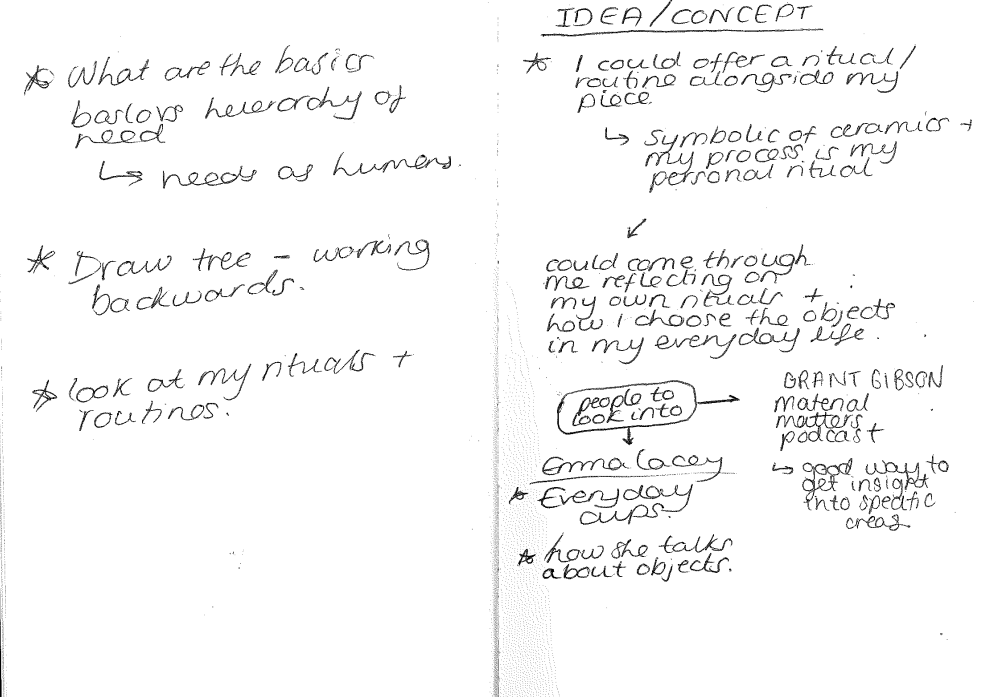
Summary/ Reflection:
Reflecting on the past few weeks, I feel that the research I’ve undertaken has provided a strong foundation for my creative direction and has been instrumental in shaping my initial inspirations. Exploring Mingei and Japanese craft traditions, in particular, has been deeply impactful—offering a language and ethos that resonate with values I’ve long held but struggled to articulate. This deeper understanding has helped me find my place within the world of craft and has clarified the message I want to convey through my work. Looking back at previous years, I now realise that this mindset has always been present in my approach to making; I just hadn’t found the words to express it. Additionally, diving into Maslow’s hierarchy of needs has opened up new perspectives, allowing me to intertwine psychological and philosophical reasoning with my practice. It’s helped me understand the significance of my work beyond function; how it can serve a deeper emotional need. As I reach the end of week four, I feel I’m entering the rest of the semester with a clear vision of the context that surrounds my work. I now have a strong sense of what drives me, and how that motivation influences both the way I create and the message I hope to share through the objects I bring into the world.
Ian Macintyre: A ton of clay
Ian Macintyre is a ceramic artist





Really like this image, especially I want to push the photography side of my craft. This image resonates with me as I like how it truly captures what the words process and environment really mean. As a designer, my process means a lot to me as it has helped me deal with things the are both within and outside the workshop; acting as a form of catharsis. I like the idea that within a project, i could highlight to customers the details of the process, what it took to make their object, as well as show the environment that I choose to work within and create their vessels from.
Maham Anjum
In my tutorial, I was pointed in the direction of this lady who is a functional ceramicist that specialises in high quality dinnerware. She primarily does fine dining work so that part doesn't really apply to her page but the level of refinement seen in her work as well as how she frames her work is swrving as some deep inspiration for my project.
I am drawing inspiration from how she frames her work and life as a ceramicist. Below, you will see some screenshots from her Instagram and the thing that I love the most is the variety. I love how there is a perfect balance between raw process, refined context photos, and images that show her personality. See below for images from Instagram:
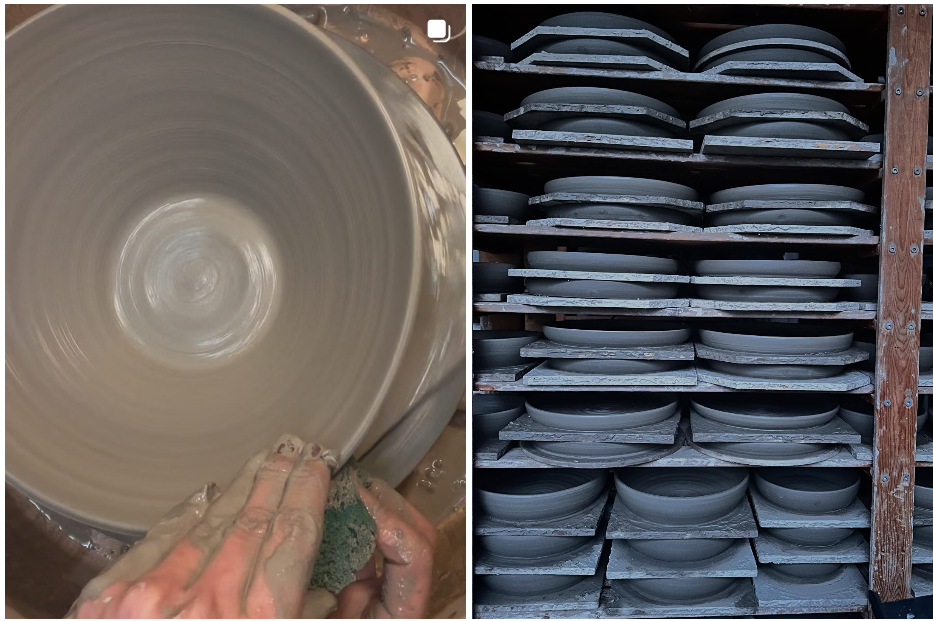
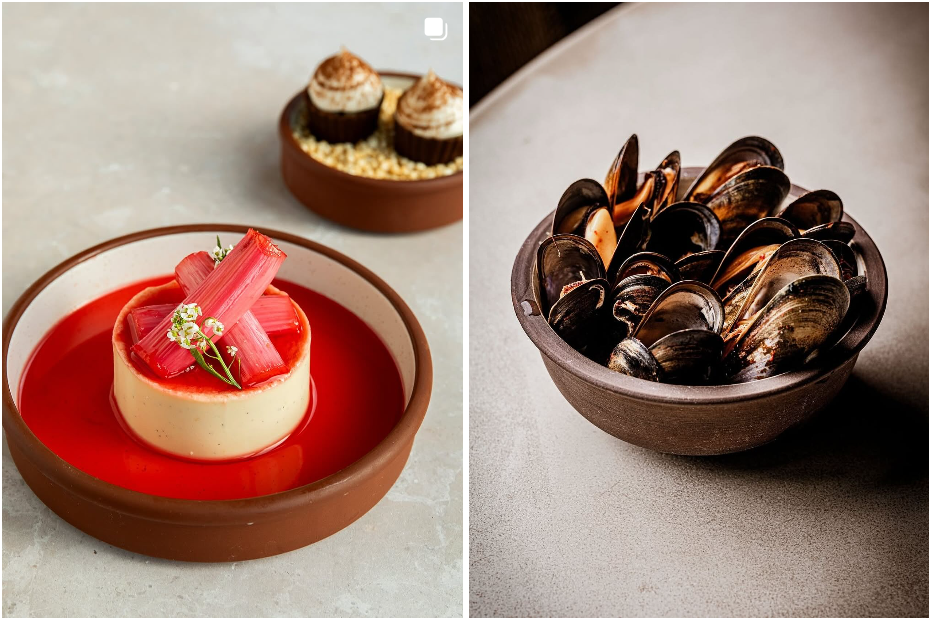
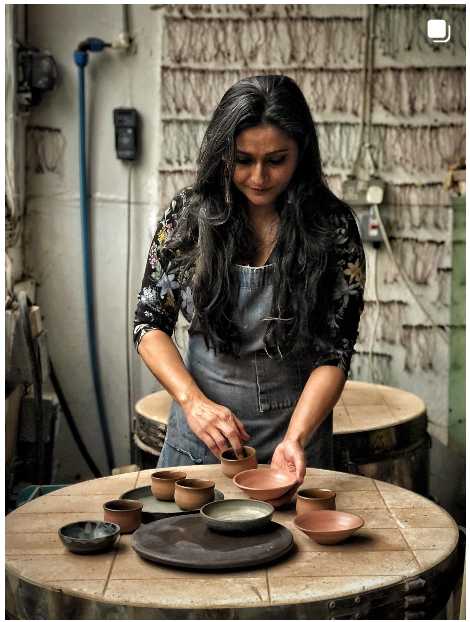
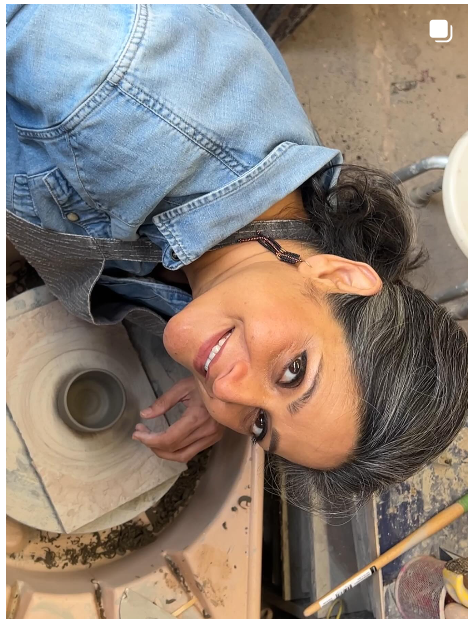
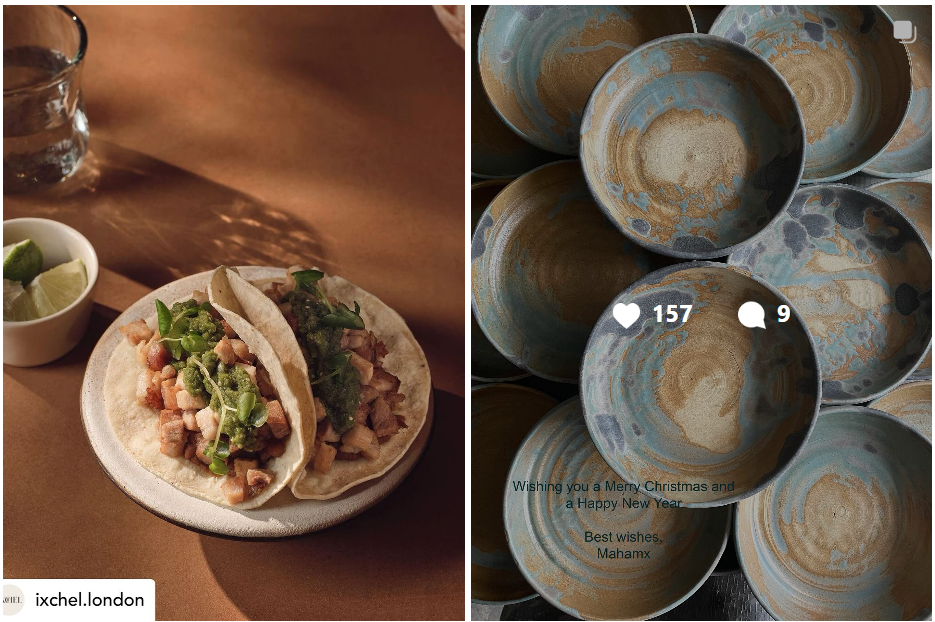
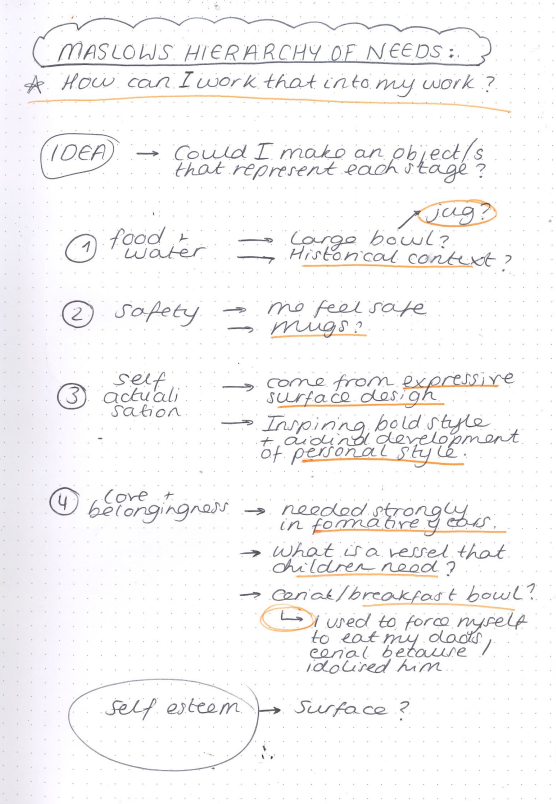
During my development, I have had an idea that instead of making a range of objects that all reach every part of the hierarchy, I could make one object that represents each stage. All of these would have different forms and functions that would relate to either my personal associations or general historical/ traditional context. On the left you can see all of my initial brainstorms of possible styles of object. For the first stage, since it is the most basic psychological need, I thought this would be good to possibly draw traditional inspiration. My initial thought was to have a belled vessel of some sorts but I think that a bit more research will help inform the form I choose.
Traditional Water Vessels:
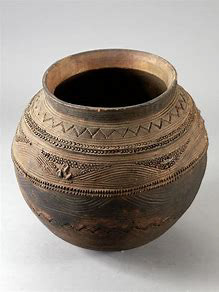
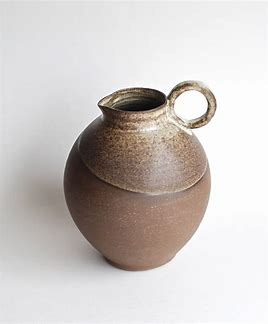

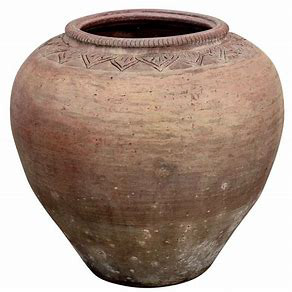
Roy Lichtenstein, Mirror #1, oil and Magna on canvas, 60 x 48 in., 1969.
© Estate of Roy Lichtenstein
Anish Kapoor, Cloud Gate, Stainless steel,, 10×20×12.8 m, Millennium Park, Chicago
https://magazine.artland.com/upon-reflection-the-mirror-in-contemporary-art/ - shows all of the tell tale signs of a mirror without actually performing the main function - How do we know its a mirror?
In comparison to Anish Kapoor who takes the main function and then distorts all of its then recognisable features. I like the idea of having all of the vessels looking cohesive with one that stands out from the rest - really highlighting the personal connection between me, ceramics and my self esteem, inside and outside of the workshop.



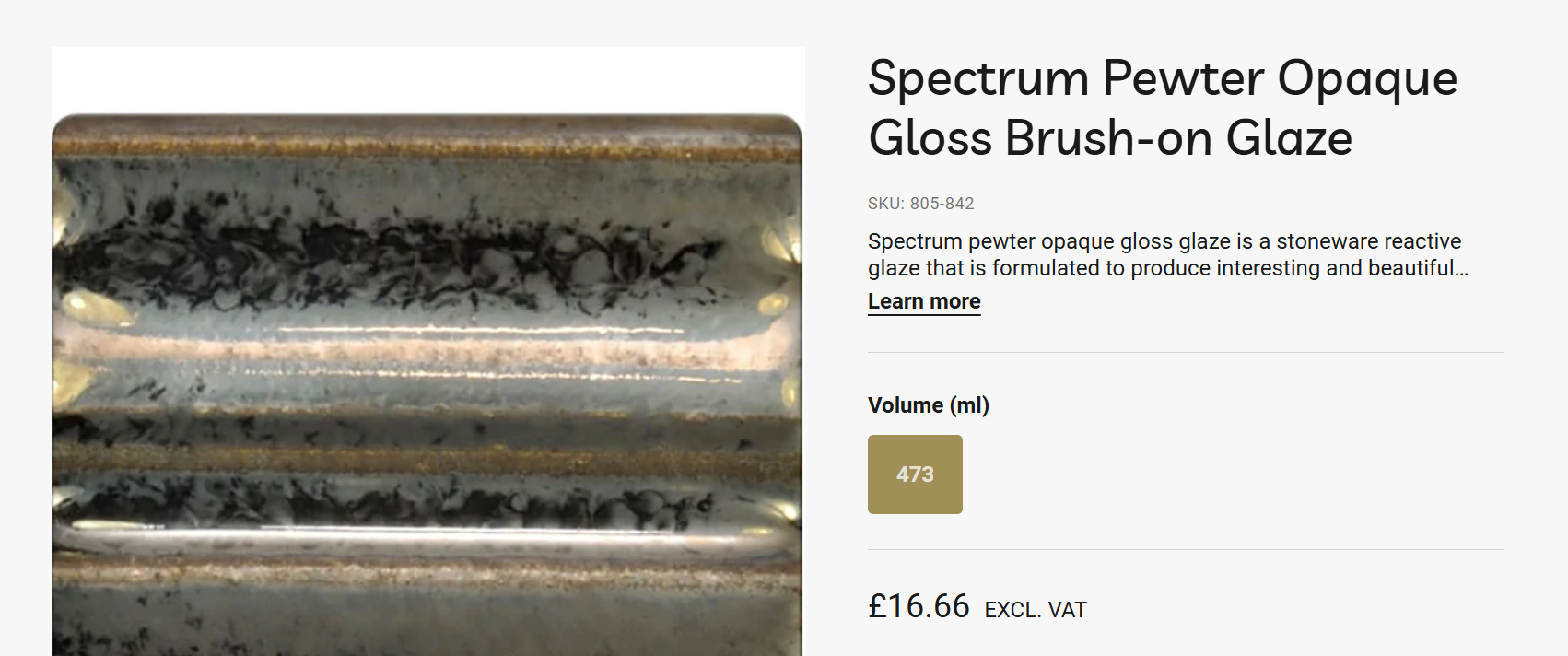

Emma Lacey
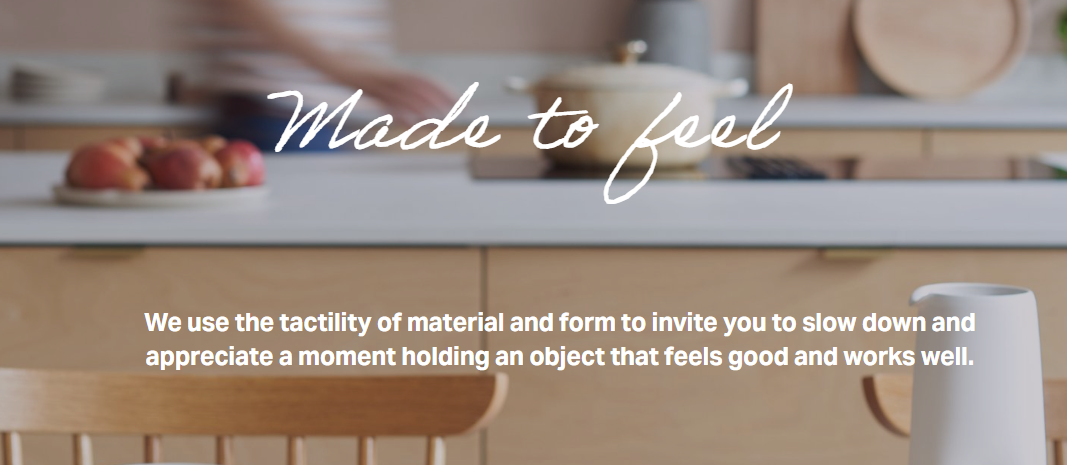
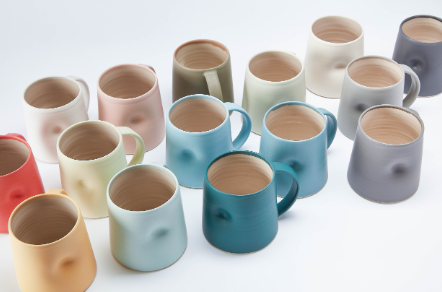
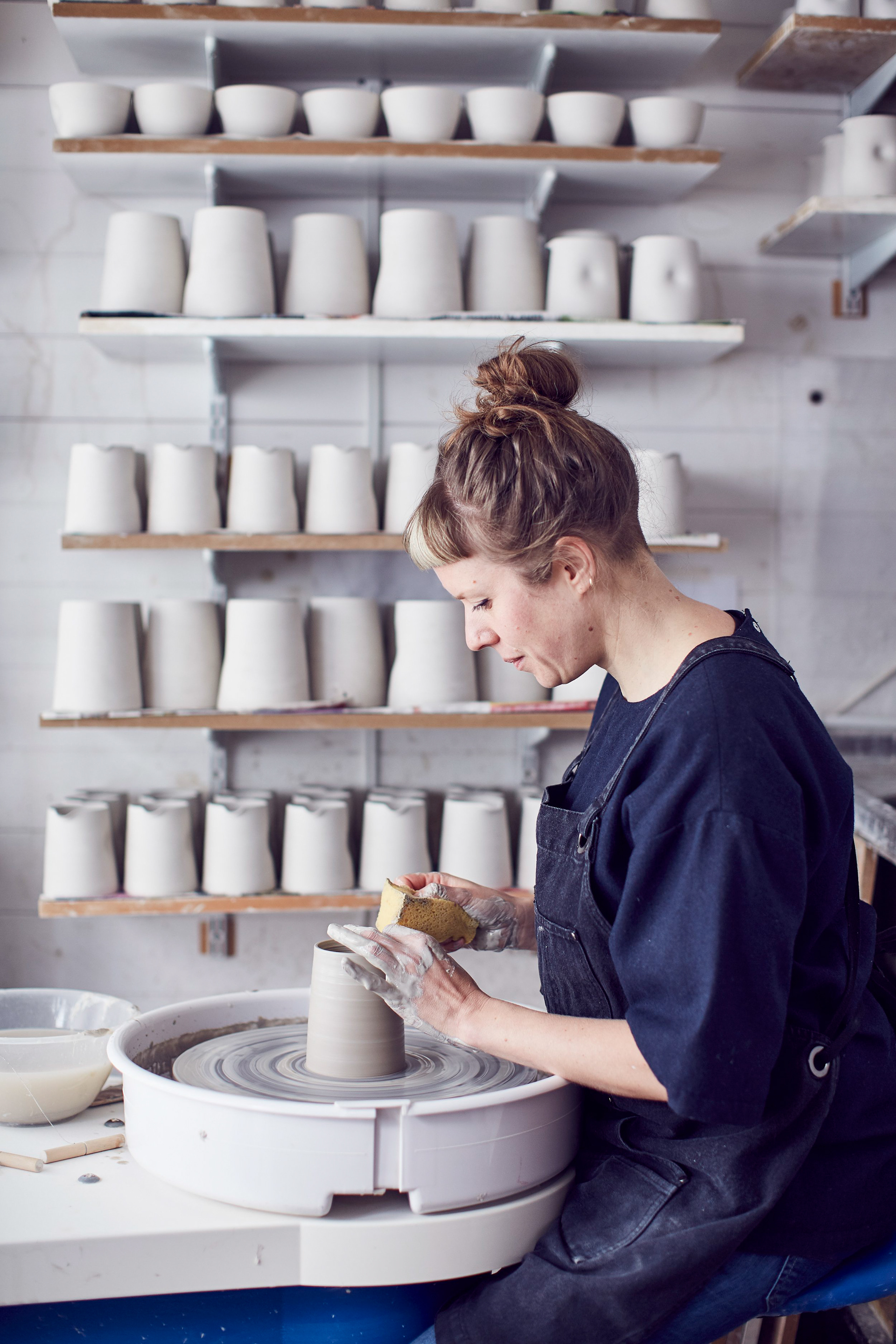
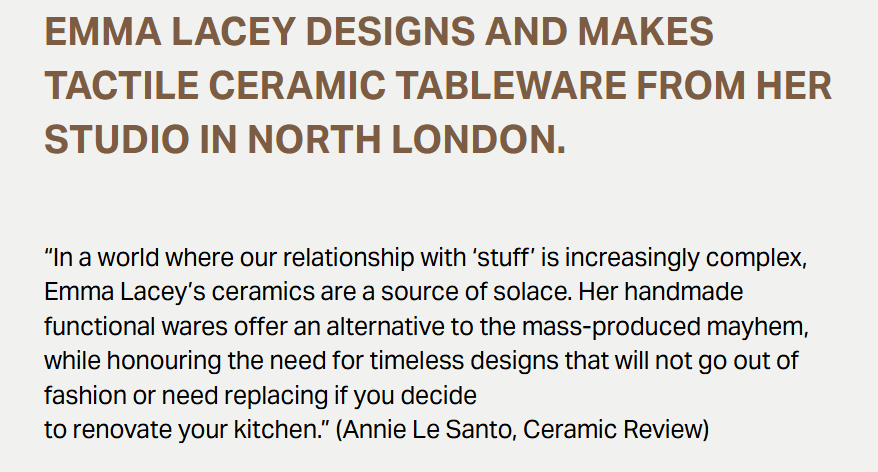
I greatly admire Emma Lacey’s expert level of refinement in her work, as well as her ethos, which centres around creating objects that hold meaning for people. I’m particularly drawn to her intention of making pieces that offer a sense of solace—objects that go beyond functionality to provide comfort and emotional connection. This idea deeply resonates with me, and I hope that my own work can fulfil a similar role, offering not just utility but also a quiet, personal significance to those who use it.
Reflection:
Looking at my approach from a new perspective, I’m beginning to realise that I may have been taking Maslow’s hierarchy of needs a bit too literally. Up until now, I’ve been trying to directly link each stage of the hierarchy to my work, and in doing so, I’ve unintentionally restricted myself creatively. While it’s been a fascinating and valuable framework to explore, I can see that it has started to pull me away from my core values—particularly the importance I place on how people engage with, use, and share my objects. One of my current concerns is that by pursuing multiple forms, I risk stretching myself too thin, potentially compromising the level of refinement I’m aiming for in my final submission. Refinement is a key goal for me in this project, and I’m aware that continuing too far down this conceptual path could distract me from achieving that. I’m grateful to have recognised this now that I have ended the research portion of my work, as in previous modules I might not have caught it in time. I’ve come to understand that all this research into Maslow, Mingei, and the broader context of craft should serve as a good background to inform my making, rather than dictate it. It has helped me develop a clearer sense of direction and a stronger connection to my ethos, and I now want to trust that understanding and allow it to guide my process organically.
